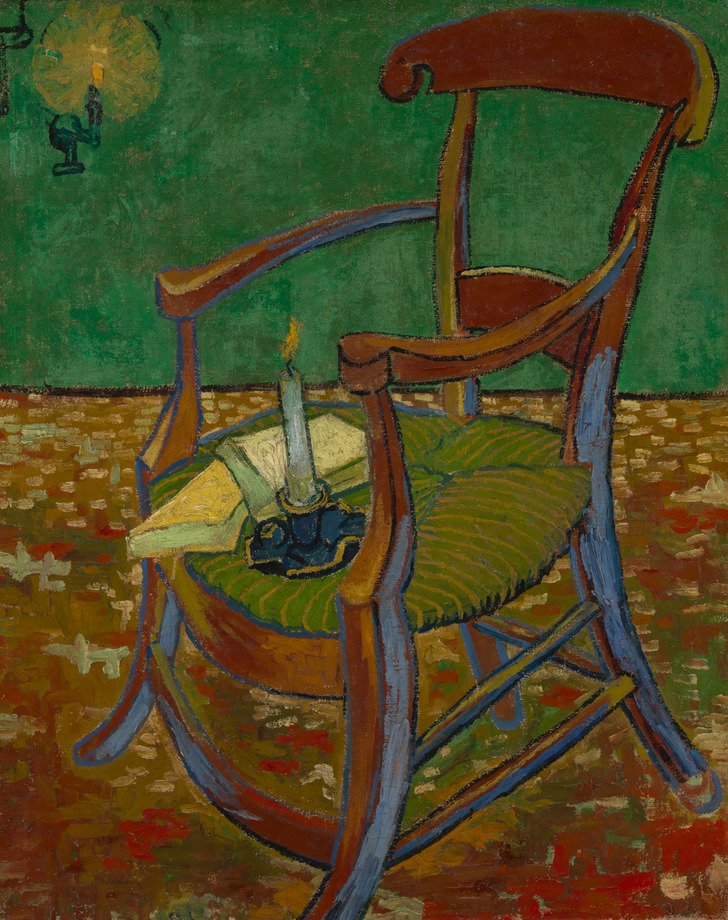They say that it’s the prerogative of contemporary art to confuse the viewer. But classical paintings might be full of even more secrets. Such great masters as Rembrandt, Michelangelo and Da Vinci left signs and codes in their paintings, which the best minds of mankind have been pondering on for centuries.
Van Gogh’s Chair, by Vincent van Gogh
One of his most famous works, “Van Gogh’s Chair”, was originally mean to be part of a diptych. The second painting in the series was “Gauguin’s Chair”. The canvases were not exhibited together until 1928. The fact is that Van Gogh’s brother’s widow, who inherited both paintings, harboured a particular dislike towards Gauguin. And so, “Gauguin’s Chair” would gather dust in the family vault until her death. But by this time “Van Gogh’s Chair”, regularly exhibited in the world’s finest galleries, had already gained fame as a solo painting.
Primavera by Sandro Botticelli
One of the hallmarks of the Italian Renaissance, Botticelli’s “Primavera” (which means “Spring”) conceals hidden meanings. To achieve this, the artist used the world of flora as a secret language. You can spot 46 individual varieties of plants on the canvas — and these are just the ones that have been identified by botanists! Since the painting was originally a wedding gift, many of the floral allusions refer back to the theme of marriage. Strawberries, for example, allude to sensual pleasures, while hyacinths refer to the impending wedding celebration.
Madame X, John Singer Sargent
John Singer Sargent could have hardly imagined that the portrait, he painted, of the Parisian socialite Virginie Amélie Avegno Gautreau would cause such a stir. In the original version of the painting, the lady’s dress strap was slipping off her shoulder. This outraged the members of high society, which forced the painter to change this detail, and hide the original painting from the public eye for 30 years.





